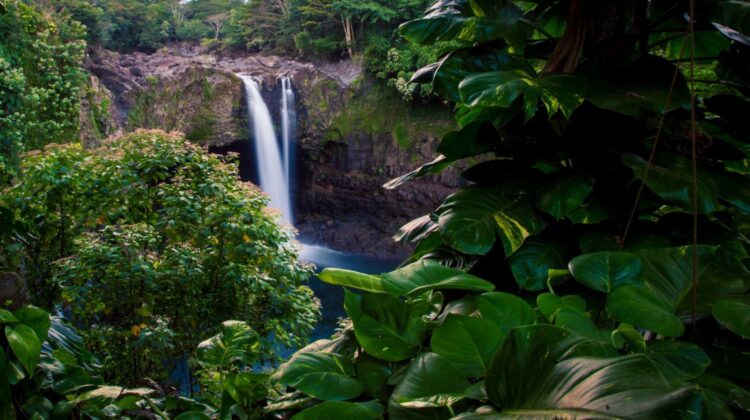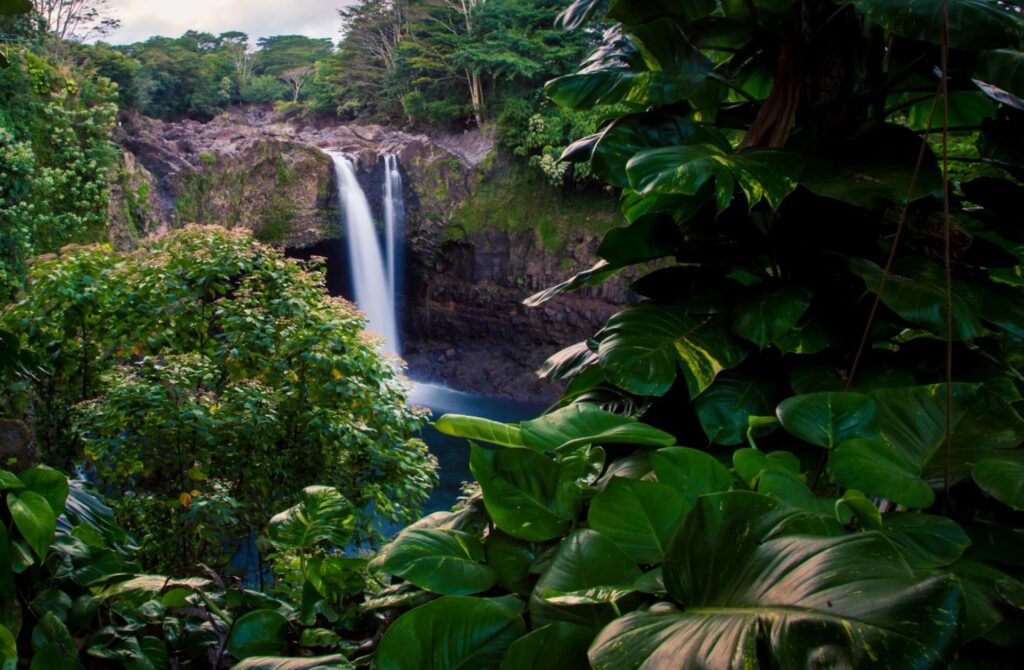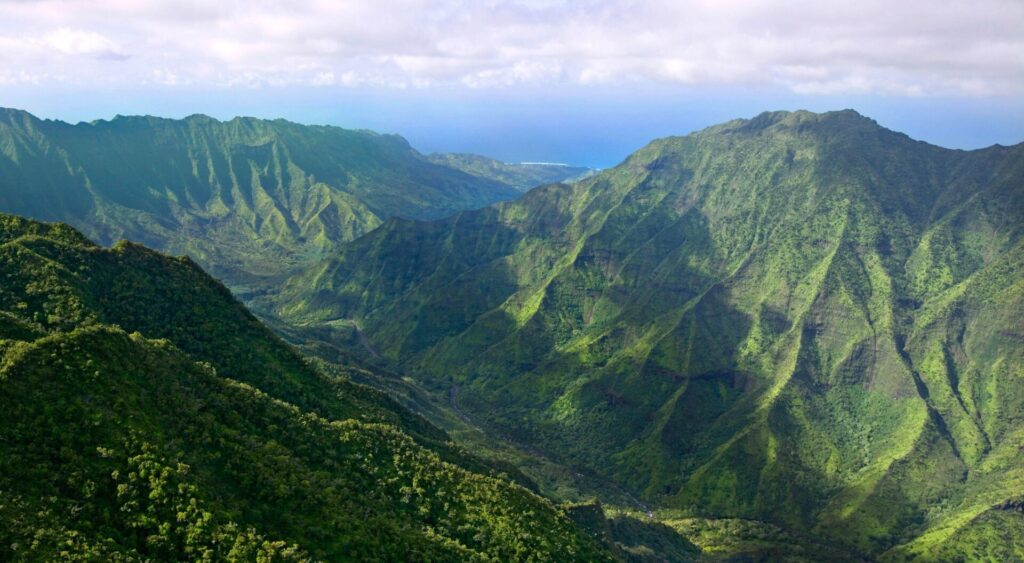
In a stark warning, scientists from the Intergovernmental Science-Policy Platform on Biodiversity and Ecosystem Services revealed a 2019 report stating that one million plant and animal species globally are on the brink of extinction. The alarming rate of decline, termed “unprecedented in human history,” is attributed to invasive species, global heating, pollution, and more.
To witness this crisis firsthand, Vox’s Benji Jones explored Hawai’i, labeled “the extinction capital of the world.” Human actions worldwide, driven by factors like agriculture, dirty-fuel pollution, and climate change, accelerate threats to habitats and ecosystems.

Hawai’i, once an isolated island group, faced disruptions as settlers introduced foreign plants and animals. In 2023, the U.S. Fish and Wildlife Service removed 21 species from the endangered list due to extinction, including eight Hawaiian birds. Shockingly, nearly one-third of the 1,670 species and subspecies on the Endangered Species Act are found in Hawai’i.
Jones visited a Hawaiian lab combatting the decline of snail species, with 60% of Hawai’i’s 750 snail species extinct. David Sischo, a scientist at Hawai’i’s Snail Extinction Prevention Program, emphasized the rarity of Achatinella fulgens snails as “one of the rarest animals on Earth.”

Hawai’i’s plight extends beyond extinction threats, grappling with devastating 2023 wildfires linked to global heating. This microcosm mirrors global ecological challenges caused by human activities.
Extinction poses dire consequences, impacting food supply, air quality, and inviting invasive species. To address this crisis, collective efforts are crucial. Individuals can contribute through small lifestyle changes—reducing pollution, embracing sustainable practices, and fostering biodiversity in green spaces.

While the challenges are immense, hope remains in our ability to make a positive impact collectively. The urgency to reverse the decline of plant and animal life calls for immediate and sustained action on a global scale.

Leave a Reply